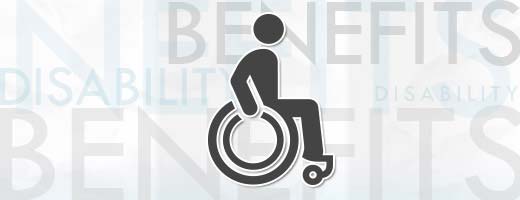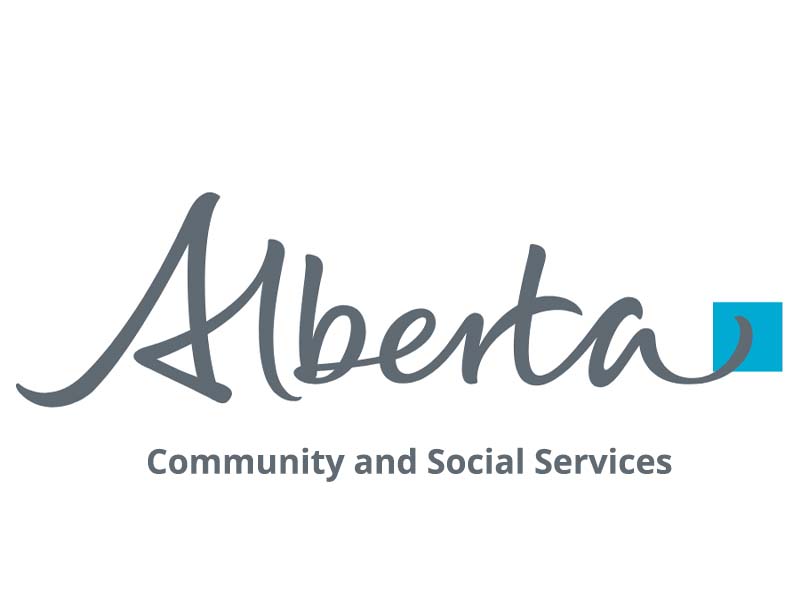Summary of the Canada Disability Benefit Act
From: Employment and Social Development Canada

The following summary provides an overview of the Canada Disability Benefit Act. This summary is not a legal document and is not intended for use in interpreting the Act https://www.canada.ca/en/employment-social-development/programs/disabilities-benefits/bill-summary.html
Introduction
On June 2, 2022, the Government introduced the Canada Disability Benefit Act (Bill C-22) in Parliament. The legislation received Royal Assent on June 22, 2023.
Preamble
The preamble notes that working-age persons with disabilities are more likely to live in poverty than other working-age Canadians. It notes that they often face barriers to employment. It also outlines Canada’s framework of laws to address the financial and social barriers that persons with disabilities face. This framework includes:
- the Accessible Canada Act
- the Canadian Charter of Rights and Freedoms
- the Poverty Reduction Act
The preamble also notes that progress in reducing poverty helps Canada to:
- realize international obligations under the United Nations Convention on the Rights of Persons with Disabilities, and
- reach the United Nation’s Sustainable Development Goals
- To address the financial and social barriers that persons with disabilities face, the Act recognizes the importance of engaging with the disability community, in the spirit of “Nothing Without Us”. It also recognizes persons with disabilities may face additional barriers because of their gender, racialized or Indigenous status or other intersecting identities.
The Act also recognizes importance of engaging with provincial and territorial governments when developing income supports and other services. They are important because they already provide many supports and services to persons with disabilities.
Purposes of the Act
The purposes of the Act are to reduce poverty and support the financial security of working-age persons with disabilities.
Canada Disability Benefit
A person is eligible for the Canada Disability Benefit if they meet the criteria and conditions that will be set out in the regulations.
General
People applying for the Canada Disability Benefit must provide specific information in their application.
To administer and enforce the Act, the Act allows the Minister to ask for and use an applicant’s Social Insurance Number.
To carry out the purposes of the Act, the Minister may enter into agreements with any department or agency of the Government of Canada. The Minister may also enter into agreements with any department or agency of a province, with the approval of the Governor in Council. The Minister must make public any agreement entered into.
The Act states that the benefit cannot be assigned, charged, attached or given as security. It is not subject to bankruptcy or insolvency laws. But it is subject to court orders, such as those under the Family Orders and Agreements Enforcement Assistance Act.
The Consolidated Revenue Fund will be the source of all benefits payable under this Act.
People may appeal decisions relating to their ineligibility for the benefit, the amount of the benefit they receive, or other issues that will be specified in the regulations.
Regulations
Within 12 months of this Act coming into force, the Governor in Council may make regulations across a range of matters relating to the Canada Disability Benefit and the Minister must provide persons with disabilities from a range of backgrounds with meaningful and barrier-free opportunities to collaborate in the development and design of these regulations. The possible regulations include:
- establishing eligibility criteria
- establishing the benefit amount, including requiring that it be indexed to inflation
- related to applications, including providing for an application process that is without barriers, as defined in Accessible Canada Act
- respecting the appeal process, and reviewing or reconsidering the decisions made under the Act
- concerning retroactive payments to persons who do not apply in the time specified but meet the eligibility criteria
- applications, payments and appeals made on behalf of persons who are incapable of managing their own affairs
- cases where applicant or beneficiary dies
- allowing the Minister to fix administrative errors
- recovery of overpayments and debts
- establishing offences (for knowingly using false information or making misleading representations, for example, in applying for a benefit) and administrative penalties, such as a fine
Additionally, in making regulations on the amount of a benefit, the Governor in Council must take into consideration:
- the Official Poverty Line
- the additional costs associated with living with a disability
- the challenges faced by those living with a disability in earning an income from work
- the intersectional needs of disadvantaged individuals and groups; and
- Canada’s international human rights obligations
Progress reports
Two progress reports are required after the Act comes into force. Within 6 months after the Act comes into force, the Minister must present a report that sets out how she met the obligation to engage and collaborate with the disability community on the development of regulations.
Within one year after the Act comes into force, the Minister present a report on the progress made in the regulatory process. The reports must be published on the website of the Department of Employment and Social Development Canada (ESDC).
Parliamentary review
Parliament will review the Act, as soon as possible once this section has been in force for 1 year, 3 years after that, and every 5 years after that.
Consequential amendment to the Income Tax Act
Amends paragraph 241(4)(d) of the Income Tax Act by adding a subsection after subparagraph (vii.5) about providing taxpayer information to an official.
Coming into force
An order by the Governor in Council will set the date that the Act comes into force, but it must be on or before first anniversary of royal assent (June 22, 2023). Cunsult the Act: https://laws-lois.justice.gc.ca/eng/acts/c-3.45/page-1.html
 Become a Member
Become a Member login
login






























